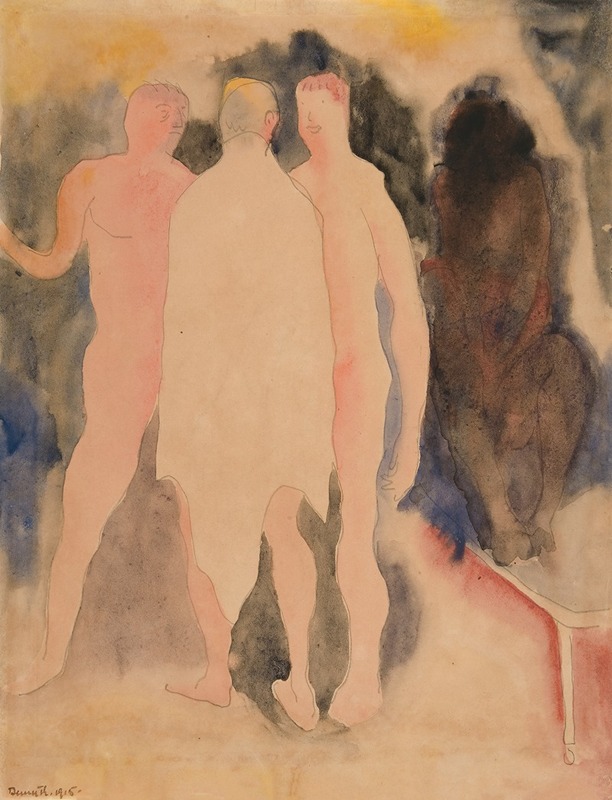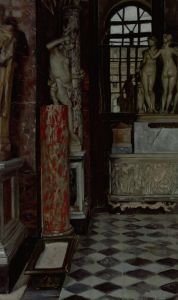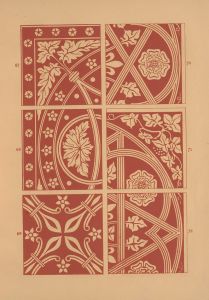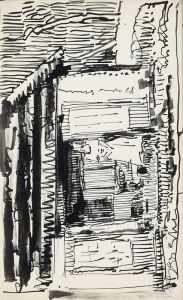
Turkish Bath
A hand-painted replica of Charles Demuth’s masterpiece Turkish Bath, meticulously crafted by professional artists to capture the true essence of the original. Each piece is created with museum-quality canvas and rare mineral pigments, carefully painted by experienced artists with delicate brushstrokes and rich, layered colors to perfectly recreate the texture of the original artwork. Unlike machine-printed reproductions, this hand-painted version brings the painting to life, infused with the artist’s emotions and skill in every stroke. Whether for personal collection or home decoration, it instantly elevates the artistic atmosphere of any space.
"Turkish Bath" is a watercolor painting created by the American artist Charles Demuth in 1918. Demuth is known for his contributions to the Precisionist movement, which is characterized by its focus on clean lines and geometric forms, often depicting industrial and architectural subjects. However, "Turkish Bath" diverges from this style, showcasing Demuth's versatility and interest in different themes.
The painting is part of a series of works by Demuth that explore themes of homoeroticism and male beauty, reflecting the artist's own identity and experiences. During the early 20th century, Turkish baths were popular social spaces, particularly within gay subcultures, and they provided a setting where men could gather and interact away from the public eye. Demuth's depiction of a Turkish bath captures this atmosphere, offering a glimpse into a world that was both intimate and clandestine.
In "Turkish Bath," Demuth employs his mastery of watercolor to create a composition that is both fluid and structured. The painting features a group of male figures, rendered with a delicate balance of detail and abstraction. The use of watercolor allows for a soft, luminous quality, enhancing the sensuality of the scene. Demuth's skillful handling of the medium is evident in the way he captures the play of light and shadow, as well as the subtle gradations of color that suggest the warmth and humidity of the bath environment.
The figures in the painting are depicted in various poses, some reclining, others standing or sitting, creating a dynamic composition that draws the viewer's eye across the scene. Demuth's attention to the human form is meticulous, yet there is an element of stylization that lends the work a dreamlike quality. The artist's interest in the male physique is evident, and his portrayal of the figures is both respectful and celebratory.
"Turkish Bath" is significant not only for its artistic qualities but also for its cultural and historical context. During the time it was created, homosexuality was largely stigmatized and criminalized, and works like Demuth's provided a rare and important representation of queer life. The painting can be seen as both a personal expression and a broader commentary on the social dynamics of the era.
Charles Demuth's "Turkish Bath" is housed in the collection of the Whitney Museum of American Art in New York City. The museum is known for its extensive collection of 20th-century American art, and Demuth's work is an important part of its holdings. The painting continues to be studied and appreciated for its artistic merit and its insight into the social history of its time.
Overall, "Turkish Bath" stands as a testament to Charles Demuth's skill as an artist and his ability to convey complex themes through his work. It remains an important piece within the canon of American art, offering viewers a window into a world that was often hidden from view.


















